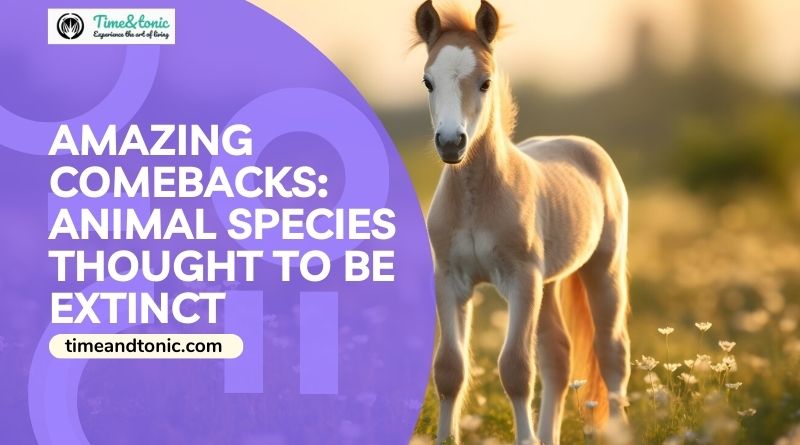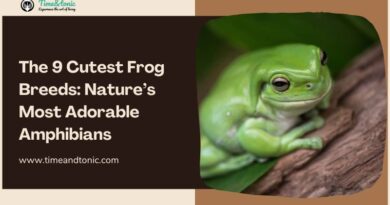Amazing Comebacks: Animal Species Thought to be Extinct
Animal Species Thought to be Extinct – Our planet is home to an incredible diversity of life, but unfortunately, some species have faced the brink of extinction due to various factors, including habitat loss, poaching, and invasive species. However, nature sometimes surprises us with remarkable comebacks. In this article, we’ll explore the awe-inspiring stories of animal species that were once thought to be extinct but made a triumphant return from the brink.
Animal Species Thought to be Extinct
The California Condor: A Majestic Resurgence

The California condor is one of the most iconic success stories of wildlife conservation. In the 1980s, this magnificent bird was teetering on the edge of extinction, with only 27 individuals remaining in the wild. Extensive efforts, including captive breeding and habitat restoration, have since led to a remarkable recovery. Today, the California condor population has surpassed 400 birds, showcasing the power of conservation in saving critically endangered species.
Also Read: The 9 Cutest Frog Breeds
Kakapo: The “Night Parrot” Emerges from the Shadows
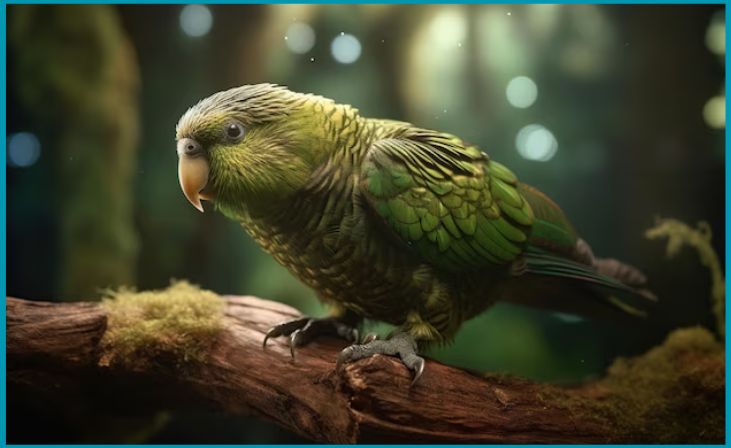
The kakapo, a flightless parrot native to New Zealand, earned the nickname “night parrot” due to its elusive nature. For many years, it was believed to be extinct, with no confirmed sightings. However, in the 1970s, a small population of kakapos was rediscovered on remote islands. Dedicated conservationists are now working tirelessly to protect and increase their numbers, offering hope for the survival of this unique and charismatic parrot.
Lonesome George and the Pinta Island Tortoise
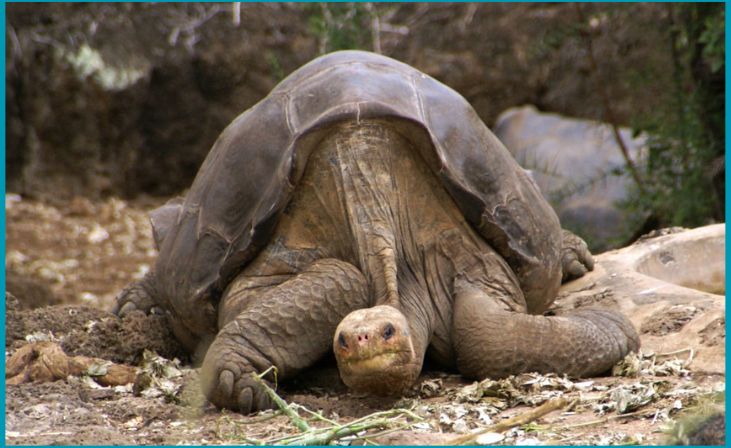
Lonesome George, the last known Pinta Island tortoise, captured the world’s attention as a symbol of vanishing species. When he passed away in 2012, many believed that his kind had been lost forever. However, scientists are using advanced breeding techniques and genetic analysis to identify tortoises with Pinta Island heritage on nearby islands. While true Pinta Island tortoises may no longer exist, efforts are underway to restore a similar lineage on their native soil.
Also Read: The Most Scenic Mountain Towns in America
Przewalski’s Horse: A Comeback from the Brink
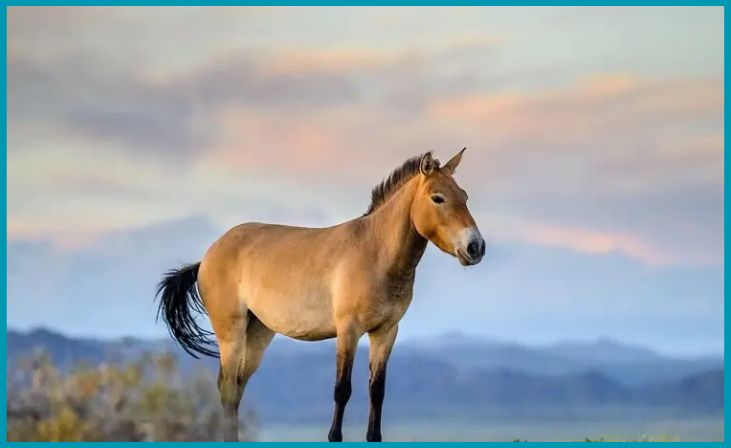
Przewalski’s horse, native to the steppes of Mongolia, faced a grim fate in the 1960s when it was declared extinct in the wild. Fortunately, small captive populations remained, and dedicated conservationists embarked on a mission to reintroduce these horses to their native habitat. Through careful breeding and reintroduction efforts, Przewalski’s horse once again roams the Mongolian wilderness, proving that even species on the verge of extinction can rebound with human intervention.
The “Tree Lobster” of Lord Howe Island
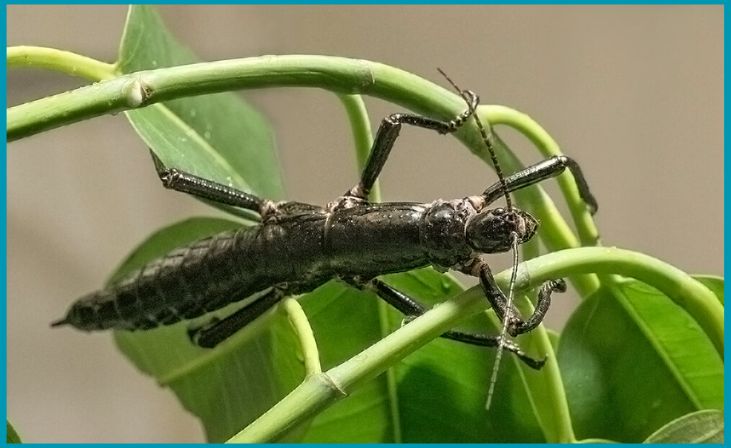
The Lord Howe Island stick insect, often called the “tree lobster” due to its imposing size, was presumed extinct due to invasive species on its native Lord Howe Island. However, in a dramatic turn of events, a tiny population of these colossal insects was discovered on Ball’s Pyramid, a rugged islet near Lord Howe Island. Intensive conservation measures, including captive breeding programs, have given this remarkable insect a second chance at survival.
The Miraculous Return of the Vietnamese Rhinoceros
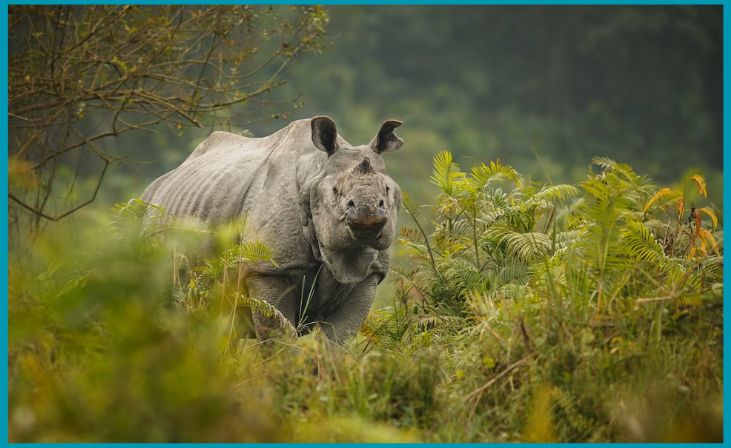
The Javan rhinoceros, a majestic and critically endangered species, was thought to be extinct in Vietnam until 1999 when a small population was rediscovered in the Cat Tien National Park. Since then, conservationists have worked diligently to protect and expand their habitat, offering hope for the continued existence of this magnificent creature.
Also Read: 5 Largest Creatures Found in the Amazon
In conclusion, these stories of animal species once thought to be extinct but making a remarkable comeback remind us of the resilience of nature and the importance of conservation efforts. While the challenges of habitat loss, poaching, and invasive species persist, these success stories demonstrate that with dedication, resources, and international cooperation, we can help endangered species recover and thrive once more.
FAQs
Conservationists typically rely on extensive field surveys, historical records, and expert assessments to determine a species’ extinction status. When there is no question that the last member of a species has died, that species is said to be extinct.
Species resurgence often results from a combination of factors, including habitat restoration, captive breeding programs, strict anti-poaching measures, and international conservation efforts. These strategies work together to give endangered species a fighting chance at recovery.

